Creative industry ‘at risk’ as developers plan to demolish heritage buildings
A campaign group has slammed the extension of the Hackney Wick and Fish Island conservation area as a “waste of time” as developers reveal plans to demolish heritage buildings and build luxury flats.
The proposals have fuelled fears amongst the artist community that the regeneration will force them out as warehouses are pulled down to make room for large scale mixed-use developments.
Over 70 individual objections, including some from English Heritage, the East End Preservation Society and East End Waterway Group, have been submitted against the near-total demolition of Swan Wharf, Dace Road.
A petition against its demolition has gathered over 1,000 signatures.
If the proposals get the go-ahead, the Edwardian stable block, which is currently used as an artistic and cultural centre, would be reduced to just two of its exterior walls to accommodate 46 flats and workspaces.
The London Legacy Development Corporation (LLDC) approved an extension to the Fish Island Conservation Area in April 2014, in order to introduce “extra protections against inappropriate development” and protect heritage assets.
But Green party London Assembly Jenny Jones, is calling for more protection for the industrial sites on Fish Island, and told the Hackney Citizen that the LLDC’s assurances were “complete rubbish”.
“His [Boris Johnson’s] legacy corporation is letting developers replace a vibrant mix of industries with luxury flats and poorly thought-through commercial units.
“You can’t put flats right next to noisy businesses, or expect the same ecosystem of scaffold yards, brewers, artists and bars to flourish in a few poorly-designed affordable workspaces.”
East End Waterway Group, which encourages the beneficial use of the historic waterway ring and its structures, claims that if Swan Wharf was demolished the two extended conservation areas and the LLDC’s planning policy would have been a “complete waste of time, effort and money.”
Tom Ridge, coordinator of the East End Waterway Group, said: “We, the people of Tower Hamlets and Hackney will not only lose this historic area but the socio-economic benefits too.
“People have a sense of identity here and it’s all to do with these old buildings and the waterways. There is a sense of ownership and of historic continuity. All this will be lost.”
The developers for Swan Wharf did not reply to the Hackney Citizen’s request for comment.
Wallis Road Studios
A short walk from Swan Wharf, near Hackney Wick Station, is Wallis Road Studios, a run-down cluster of former factories and warehouses that serves approximately 100 artists.
Developers Groveworld have applied to demolish all existing buildings, with the exception of 55 Wallis Road, to make way for over 125 homes. The plans retain the existing workspace, but there is no mention of affordable housing.
The designs show residential units stacked on top of elegant studio spaces which Groveworld hopes will be managed by affordable studio provider and charity Cell Studios.
However, the artists of Wallis Road Studios must now vacate their workspaces by July 2015 and face long waiting lists for new studios.
Visual artist Natalie Ryde, 33, who has been in her shared studio for almost two years said: “I just want to be settled. As artists, we can’t always rely on making lots of money and things can fluctuate.
“You can sometimes feel spoiled for saying ‘I need somewhere to create art’, but I don’t think I could not be an artist, and I just need somewhere to work.”
When asked about the possibility of having one of the new studios beneath a new-build flat, Ms Ryde said: “Realistically I don’t think we will get to a scenario where that will happen.”
Next door, 23-year old oil painter Michael Sydney Moore said it took him six months to find his 390 square-foot studio. It is cold, it has no sink and is “flooding everywhere”, but Sydney Moore still describes his space as “very affordable” at £450 a month.
While his current arrangement might seem cheap, it is not cheap enough to allow him to rent a residential space: “I can’t afford to rent a flat as well, I paint ten hours a day and then stay on friends’ sofas.
“When you’re in Hackney and you tell someone you have a studio they will say: ‘Can I come and check it out?’ They are not interested in your work but in how much you pay for the room. People are genuinely desperate for space.”
Affordability
Richard Rothwell, Development Manager for Groveworld, said: “We intend to replace the existing temporary studios with high quality and flexible workspace for the cultural and creative industries that meets the aspirations of the Hackney Wick Area Action Plan and emerging LLDC policies.”
“Our proposals will provide approximately 50,000 sq. ft of high quality employment space, a range of much-needed new homes and a pedestrian link between Hackney Wick Station and Wallis Road.”
However, there is scepticism amongst artists and campaign groups about whether the promised workspaces in Hackney Wick and Fish Island will be affordable to artists.
Hackney Council, which was consulted as a stakeholder, has recommended that rates for the new studios should not exceed £10 per square foot all inclusive rent i.e. rent, rates and utilities, with a preference for £5 per square foot, for a minimum of 15 years.
Richard Brown, Director of Affordable Wick, a campaign group for affordable environments said: “The only thing that developers like about affordable workspace is that it offsets the affordable housing they have to provide.
“The overriding problem is that local authorities do not provide policy with any grit. A lot is said about preserving industry uses such as making and entrepreneurship.
“It’s OK to say that but when it comes down to policy it doesn’t mean very much. It doesn’t say ‘X amount of floor area should remain unextended’ and the developers won’t sign any guarantees.”
A spokesperson for the LLDC said it could not comment on ongoing applications.

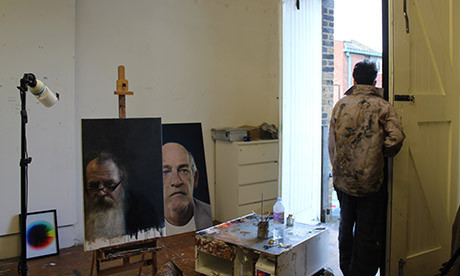
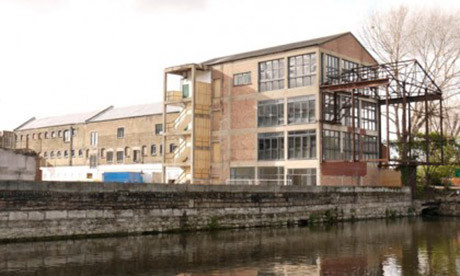
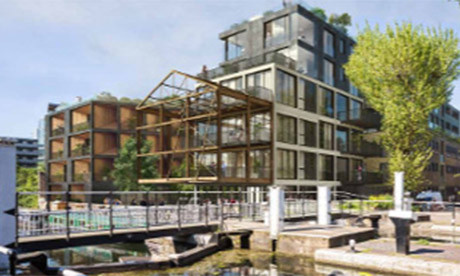
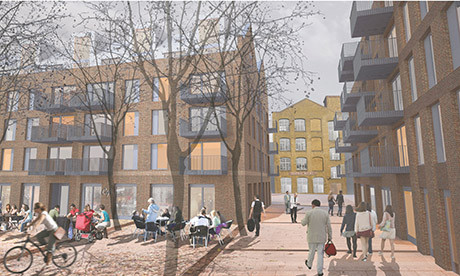
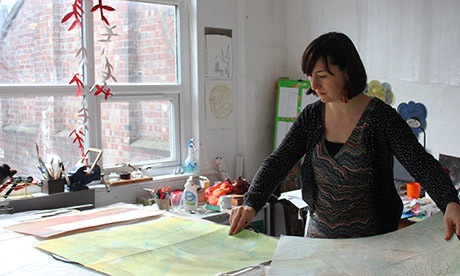

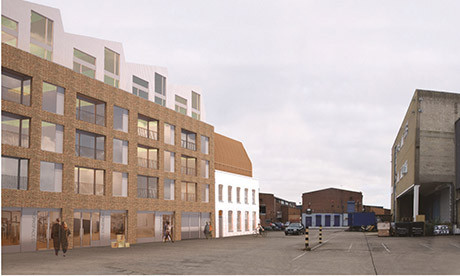
On and on the redevelopment agenda rumbles…
Dull, dull, dull plans.
Your figures are wrong. Square foot prices usually relate to an annual cost. So £10 per square foot would actually mean a saving of £125 per month for Mr. Moore. If they were talking about a monthly rent of £10 per sqft then it would be more expensive than office space in Soho.
Of course that doesn’t mean he would be guaranteed a space in any new development, but for goodness sake get your facts straight.
In my experience the planning departments of both Hackney & London Legacy have been very proactive in trying to ensure good outcomes for all in development proposals in Hackney Wick. I’m sure you are well aware that Hackney has fought hard for an exemption to the new national law that gives developers the right to change planning use from business to residential without having to apply for change of use. That law will prove devastating for our local shopping streets in years to come. Did you report on that? They could have used your support.
When properties are in private hands there is actually very little local planners can do under current law to stop developments completely. The best they can hope to achieve is ensuring a certain percentage of housing is affordable and that there is some amount of workspace provided as well.
Of course we’d all like someone local to blame for local problems. The reality is that our property woes stem from our inequitable feudal national property laws.
If you’d like rent control and more affordable space and housing then we need a Green national government. No one else will make the necessary changes to put local interests over those of developers. But I don’t suppose the Citizen will be publishing this will you?
@James: Thank you for the correction, we have amended the story.
Yes, we did report that Hackney Council has fought hard for an exemption to national legislation which would give developers the right to change planning use from business to residential without having to apply for change of use.
We ran the story as a front page splash in October 2014 and also online here: Council chief launches petition against ‘damaging’ Government consultation. – Ed.
James – I expect many of those associated with the Citizen would be extraordinarily pleased to see a Green government!
James… I’ve been told by a friend that under a Green national government we will have all our wages capped at the top level. Is this true, do you know, or is my friend just pulling my leg? I like a lot of what the Greens represent, but I also have some doubts about their potential influence on policies if they are represented in a coalition government. Thanks.